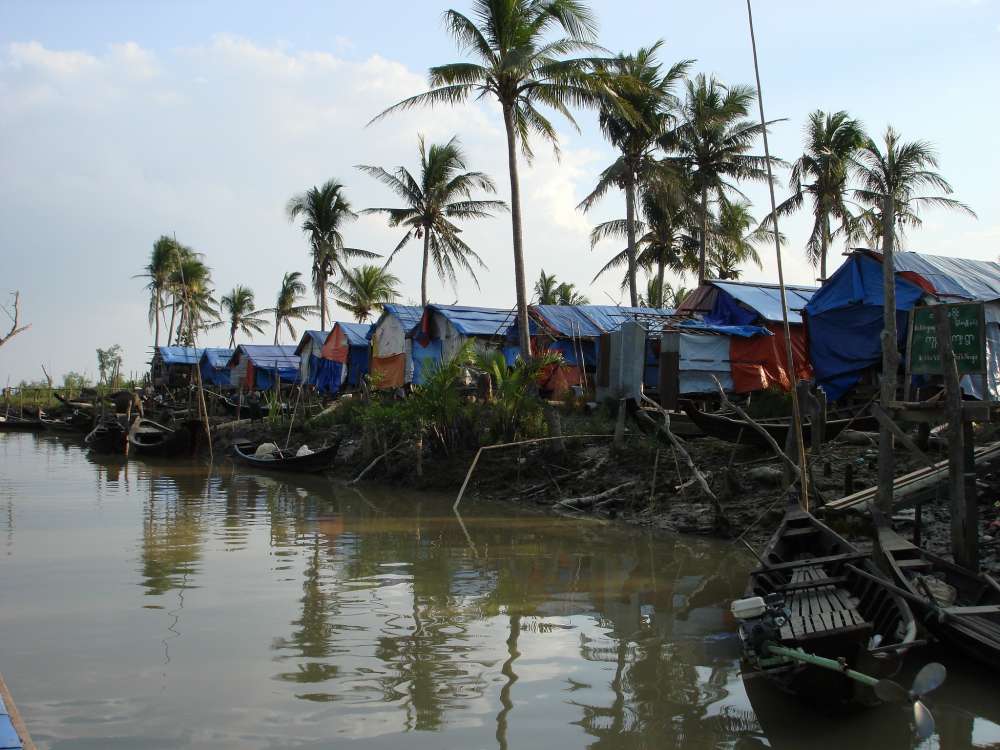Testing Boundaries: Cyclone Nargis in Myanmar and the Scope of R2P

Introduction
The evolution of international norms is not necessarily a linear process. Rather, their development depends on their acceptance by coalitions of international actors. This acceptance can vary greatly on a case-by-case basis, from widely shared consensus on, to fierce contestation of, the application of a norm. Both consensual application — be it in actual behavioral policy practice or discursive deliberation — and contestation may make a decisive contribution to delineating the boundaries of a norm. While a consensus about application has been the subject of much research, norm contestation has received noticeably less scholarly attention.
This article investigates a case in which contestation prevailed and helped to shape the trajectory of the evolution of a norm: the invocation of the “Responsibility to Protect” (R2P) during the humanitarian crisis that unfolded in Myanmar after a tropical storm hit its shores in 2008 and after the ruling military authorities declined access to international humanitarian aid. This article systematizes the arguments of both the supporters and opponents of R2P and traces the dispute’s impact on the future development of the concept.
Two primary disputes stand out in the Myanmar case. First, there was a debate about the scope of the norm, which relates, in essence, to the question of whether the consequences of natural disasters fall under R2P, and to the point at which the withholding of humanitarian aid passes the threshold of a manifest failure of the Myanmar government to protect its own population. Second, arguments pointing at the counterproductiveness of the R2P frame in political debates posed the question of whether the reference to R2P in disputed cases leads to hardened political fronts and serves as a political incendiary, consequently hurting the cause of those advocating R2P. Interestingly, these arguments also served those skeptical of pressuring the regime in Myanmar: by highlighting the incendiary nature of the R2P discourse and by focusing the debate on the contested reading of R2P as including responses to natural disasters (instead of highlighting the military junta’s response to the cyclone as a crime against humanity), the junta could delay the delivery of humanitarian aid and influence the conditions under which this occurred.
The case of Myanmar impacted the debate on R2P in two ways, thus contributing to the understanding of critical junctures of norms of protection investigated in this special issue. First, the case refocused R2P on its original core (i.e., the four core crimes). Second, the case revealed the counterproductiveness of using R2P as a discursive frame to build support for a humanitarian cause. Consequently, in the aftermath of the crisis, the reference to Myanmar was used by those advocating a narrow reading of R2P.
This article proceeds in three steps. First, it provides a brief overview of the events of May 2008, when Cyclone Nargis hit the shores of Myanmar. Second, the article describes and systematizes the two main disputes related to R2P in this case. Finally, the article analyses the impact of those disputes on the future debates on R2P.
To read the full article, please visit Global Society.







